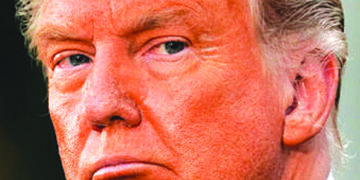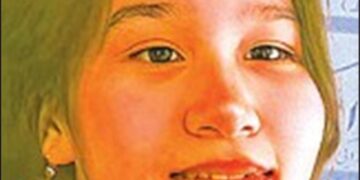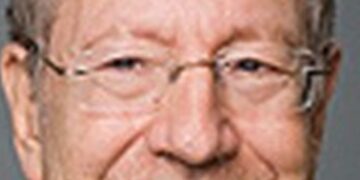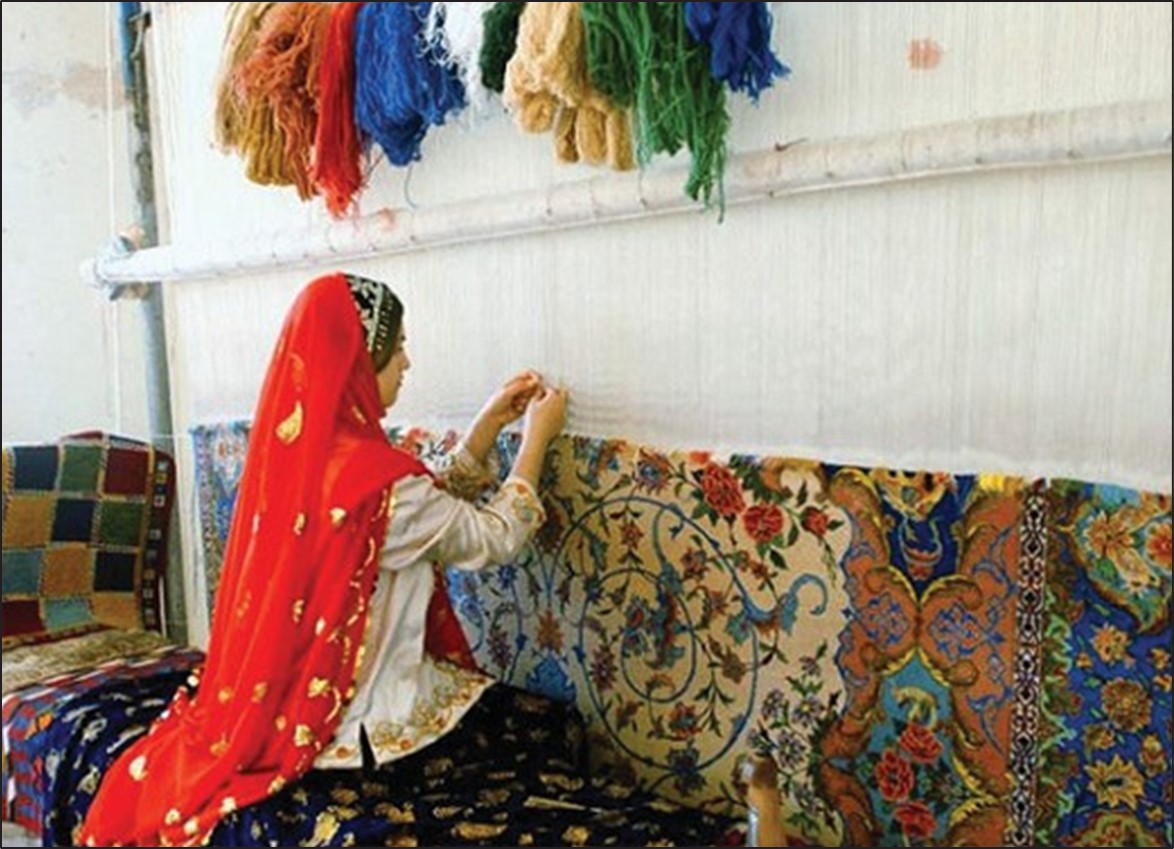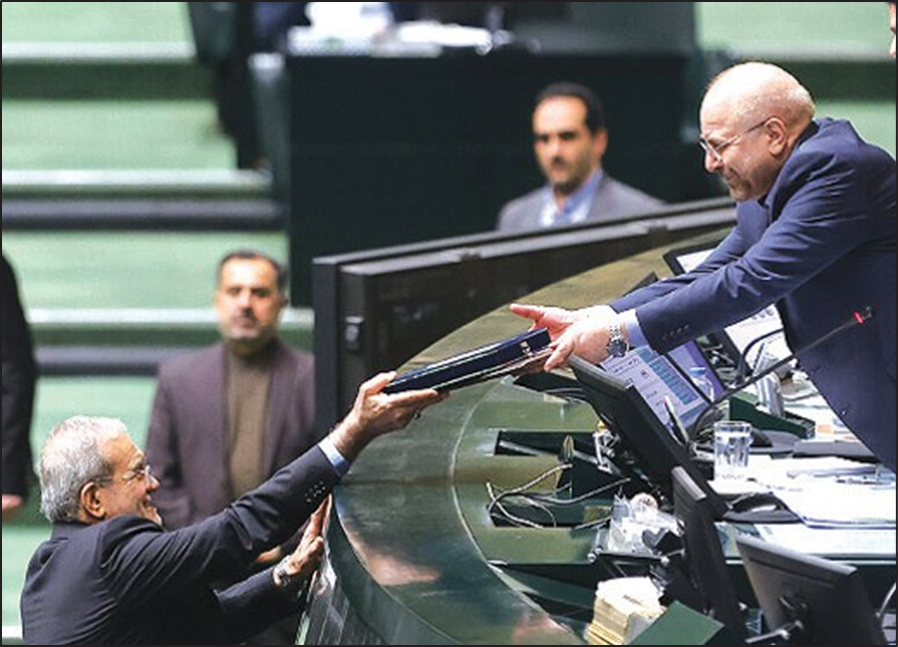November 15-2013
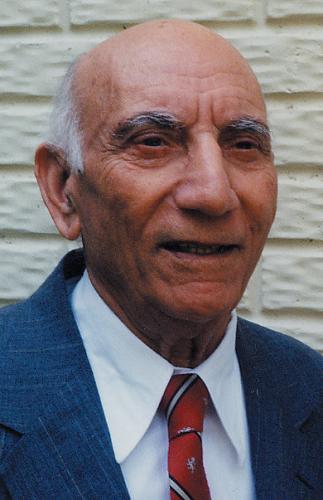
Abolghassem Ghaffari, who calculated how to fire the Apollo moon missions so they would go into orbit around the moon and not fly off into space, passed away last Tuesday night in Los Angeles. He was 106 years old.
In the early part of his career, he was Albert Einstein’s colleague at the Institute for Advanced Study at Princeton University.
Just four weeks before his death, Ghaffari was honored at Harvard University for his lifetime of achievements. He remained active right up until his death.
Born in Tehran in 1907, he was educated at the Darolfonoun School, the first modern university in Iran, which has since become the University of Tehran.
In 1929, he went to France and studied mathematics and physics at Nancy University, where he took his L-es-Sc. in mathematics in 1932. In 1936, he was awarded a doctorate from the Sorbonne with “mention tres honorable.”
Ghaffari lectured at King’s College of London University, where he received a Ph.D. in mathematics.
He was a professor of mathematics at Tehran University from 1941 to 1956.
In the early 1950s, while still teaching at Tehran University, he worked with Albert Einstein on the Unified Field Theory of Gravitation and Electromagnetism at Princeton’s Institute for Advanced Study. J. Robert Oppenheimer, who headed the US atom bomb program during World War II, was director of the institute at the time. He interviewed and hired Ghaffari.
In 1956, Ghaffari moved permanently to the US to take up a position as a senior mathematician at the US National Bureau of Standards. Part of his work there involved calculations of the motion of artificial satellites.
In 1964, three years into the manned space program, he joined the National Aeronautics and Space Administration (NASA) Goddard Space Flight Center, where he studied the mathematical aspects of Earth-Moon trajectory problems, and different analytical methods for multiple midcourse maneuvers in interplanetary guidance. This was key to the successful US Apollo missions to the moon and back.
He was awarded the US Special Apollo Achievement award at a White House ceremony with President Nixon in 1969.
He is survived by his wife, Mitra, and their two daughters, Ida and Vida.
Funeral arrangements are pending. In lieu of flowers, his one wish was to have a scholarship in his name for young Iranians studying mathematics or science. Details on the scholarship will be announced soon.


